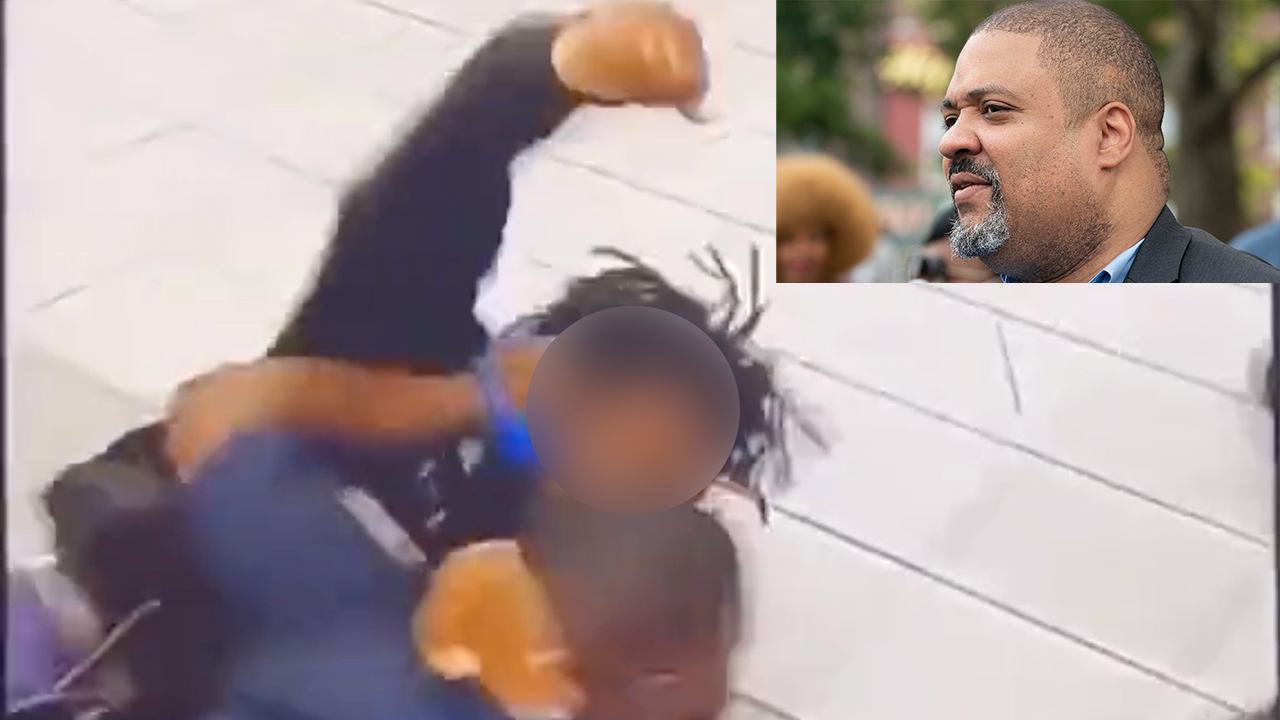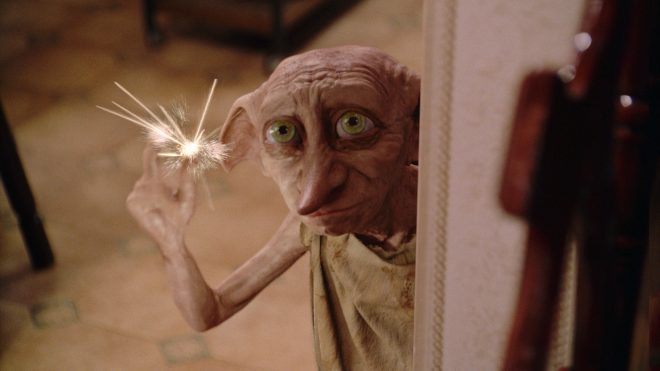When provoked, a person with dissociative identity disorder might experience different self-states. Because DID is uncommon and misunderstood, people are rarely diagnosed as children. Imaginary pals are a childhood indication of DID. For daily email delivery of the newest tech news and scoops, subscribe to our newsletter. A person with dissociative identity disorder, sometimes known as “multiple personality disorder,” has fragmented self-states in their consciousness. This illness is incredibly misunderstood. When triggered, a person with dissociative identity disorder (DID) may go into one of these states, which serve as a form of defense.
It affects an estimated 1.5% of people worldwide .
Rarely are DID patients identified as children, and they spend an average of seven years seeking treatment for their “disturbing” symptoms. Insider was informed by University of Maryland Medical Center psychiatrist Dr. Richard Loewenstein. People with the illness are misdiagnosed an average of four times before being given a DID diagnosis, according to Loewenstein, who saw his first patient with the condition in 1981.
Using a series of in-depth interviews that consider symptoms including amnesia and suicidal ideation, he claimed that mental health experts can identify adults with DID. But according to Loewenstein, DID symptoms tend to be appear differently in children than adults .
According to Loewenstein, DID specialists haven’t agreed on a cutoff age for diagnosis, but symptoms can appear in children as early as six.
According to Loewenstein, there are a few factors that increase a child’s susceptibility for DID, as well as certain warning signs.
They claim to have imaginary friends that force them to perform actions. According to Loewenstein, children with DID dissociate with a simpler structure than adults with DID.
Adults who dissociate frequently have more different self-states in which they stereotype and personify particular qualities. Self-statements are frequently contradictory, according to Loewenstein. Regardless of the person’s fundamental identity, one self-state could be homosexual and the other homophobic, or one could be a man and the other a woman.
These states are less developed in children, who are still figuring out who they are and what they might become. They can claim they have imaginary buddies instead.
But according to Loewenstein, “the imaginary friends are independent and either make individuals feel as though they are being forced to do things or take over some portion of their body.”
In contrast to how it would affect an adult with DID, he claimed that for children with the disease, “it’s lot more in the mind, much less of it going out in the world” and impacting behavior.
THEY HAVE EITHER BEEN A VIOLENT HOME OR HAVE SUFFERED VIOLENT EXPERIENCES REPEATEDLY. Since there may be an genetic component to the condition , not everyone who endures childhood trauma like abuse or abandonment will develop DID, according to Loewenstein.
However, if a youngster experiences these feelings over and over again, it may increase their propensity to detach as a form of self-protection and continue over into adulthood.
Loewenstein pointed out that abuse and abandonment can occur apart from the family home and the parents.
According to him, there are cases of young children who underwent many surgeries being left in the hospital alone to recover.
It can have the same effect if a child is frequently sexually molested by someone other than their parents.
According to Loewenstein, “then the only thing to do is to go away in their thoughts,” which can result in DID.
THEIR PARENTS SUFFER FROM DISEASE OF ASSOCIATED IDENTITY According to one 1987 study on mothers with DID , 16% of moms were severely abusing their children, 13% of women were “competent or excellent mothers,” and the remaining parents were “compromised or impaired.” No studies have been done on fathers who have DID.
A parent with DID could unwittingly “configure their children’s states to be quite similar to their own states,” according to Loewenstein’s experience.
According to Loewenstein, if a parent gets upset while their child is there, they could not regard their child as a child at all but as a potentially dangerous adult. He should take immediate action by informing child protective services and maybe law enforcement if he detects that this trend is violent. According to Loewenstein, the separation can prevent a parent with DID from involving their kids in their self-states.
He has observed mothers bring in children in elementary school for treatment. He has observed that when a mother is upset with her child, she goes into a “angry violent condition,” which prompts the child to enter “a terrified little state,” where they retreat emotionally and physically.
Due to amnesia, Loewenstein added, “then you try to get them out, and they swap back and neither of them remember what happened.”
According to Loewenstein, this conduct may cause a youngster to experience DID.












